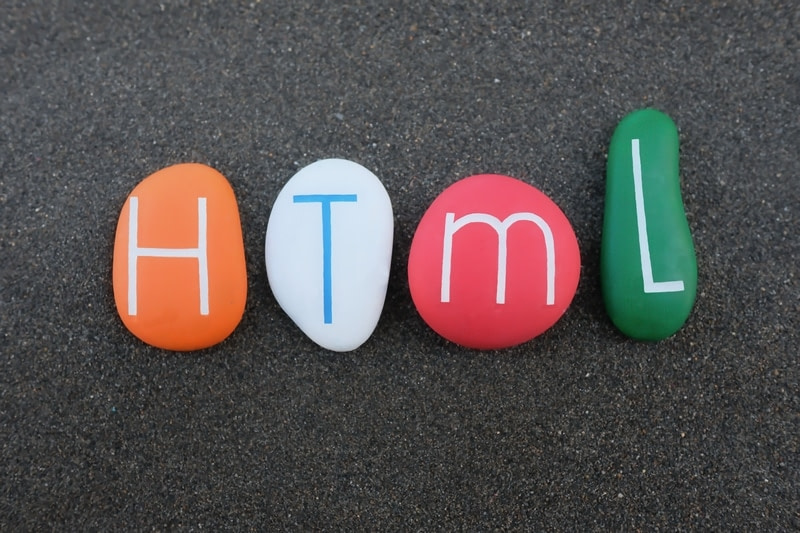If you’re a digital marketer or SEO professional, you know that your website's text-to-HTML ratio is essential. However, a low ratio can negatively affect your search engine rankings and make your website less visible to potential visitors.
This blog post will explain the low text-to-HTML ratio error and how you can improve it. With just a few simple steps, you can ensure that your site is optimized for both search engines and visitors. So let’s get started!
Discussed in this article:
Define Text-to-HTML ratio

Text-to-HTML ratio is an essential element of on-page optimization. In simple terms, the text-to-HTML ratio is a measure of text content in an HTML page compared to the overall page size.
It’s calculated by dividing the text content sizes by the total page size of text elements and HTML elements combined.
Fixing the low text-to-HTML ratio is fundamental to achieving higher search engine rankings since it allows search engines to understand and index web pages more effectively and efficiently.
Therefore, website owners must ensure that text content comprising relevant information about their products and services vastly outweighs HTML code for better search engine visibility.
Why a low Text-to-HTML ratio is bad for SEO
Poor search engine optimization (SEO) can severely hurt a website’s visibility and overall performance. One indicator of search engine friendliness is the Text-to-HTML ratio, which measures the amount of text contained in each HTML tag on a webpage.
Sites with a low Text-to-HTML ratio have thin content, meaning that search engines have nothing to crawl and rank in search results pages. As such, websites with a low Text-to-HTML ratio suffer from poor search engine performance and lower visitor engagement due to little textual content to draw visitors in.
Therefore, to ensure good search engine optimization, it is essential to keep the Text-to-HTML ratio high by creating well-developed webpages that contain ample textual content.

How to increase your Text-to-HTML ratio
We all want to improve our search engine rankings, but did you know that having a higher text-to-HTML ratio can improve your chances? Increasing the amount of text content compared to the amount of HTML markup code is a great way to enhance your website’s SEO performance and stand out to search engine crawlers.
Although the process requires thoughtful effort, there are easy steps that you can take today to increase your text-to-HTML ratio. For example, adding more textual content like blogs or informational articles, formatting these texts to deliver information versus just stuffing keywords, and eliminating unnecessary code can make a big difference in optimizing your website’s search engine rankings.
Tips for improving your website’s SEO
Whether running a blog, a business website, or an e-commerce store, improving your SEO is integral to increasing your website’s visibility and earning potential. One of the best strategies to improve SEO is lowering your text-to-HTML ratio.
This means keeping the code on your webpage simple while writing succinctly and creatively in the copy you provide. Keeping the code low can help search engines scan and index pages faster and easily create a better link between them. Also, delivering well-written content will help capture readers’ attention and keep them engaged.
With these SEO strategies in mind, you’ll be able to optimize effectively for improved rankings and more website traffic over time.
Conclusion
Now that you understand the importance of having a high Text-to-HTML ratio, it’s time to start improving your website’s SEO. One of the best ways to do this is by downloading our free SEO guide.
This checklist will help you identify and fix some of the most common issues hurting your website’s SEO. Implementing these changes can take some time, but they will be worth it in the long run. So what are you waiting for? Download our free Professional SEO Checklist now!

Say goodbye to low text-to-HTML errors and start improving your Google SEO rankings today.
